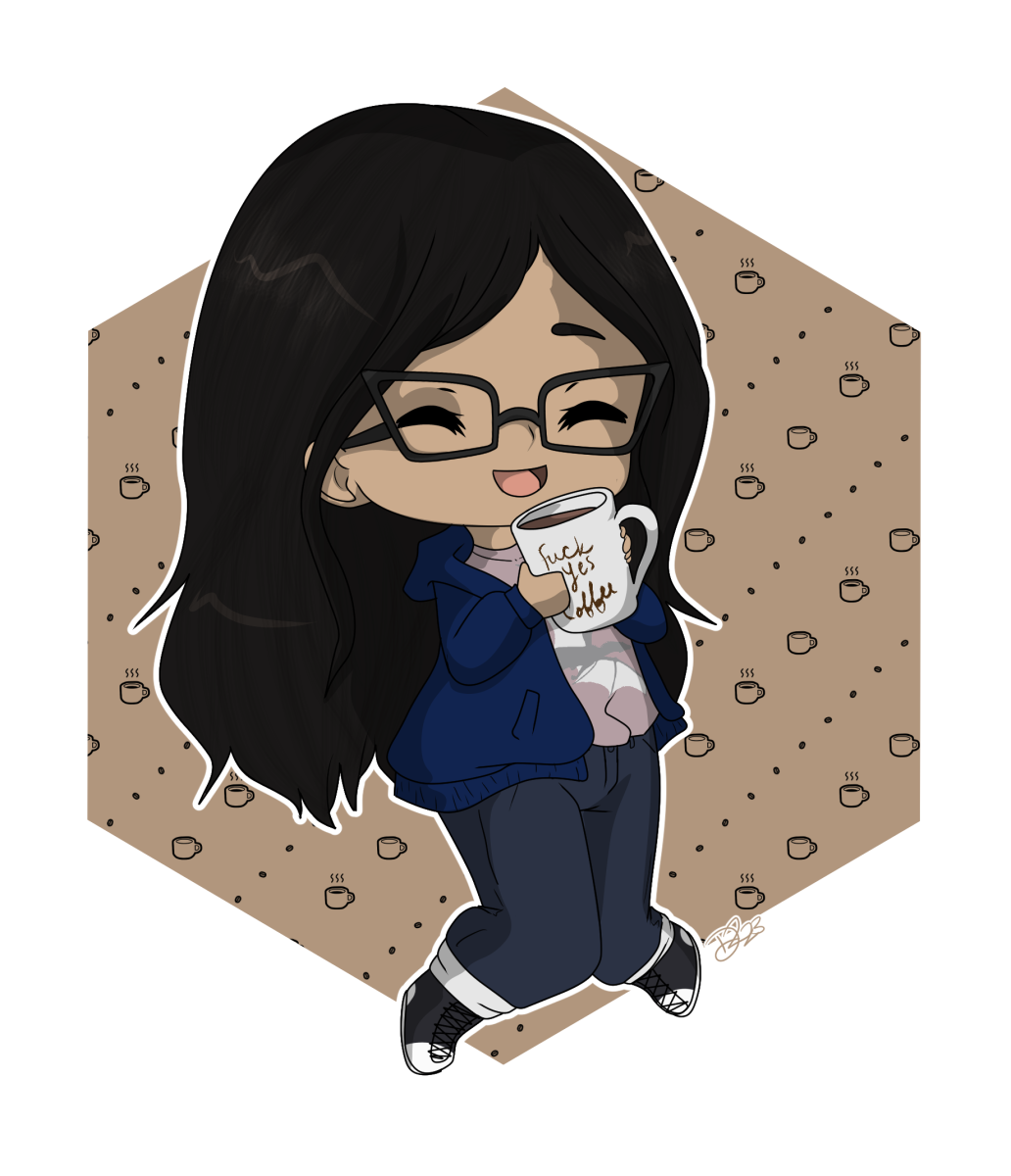Kaye, Alan S. “The Etymology of ‘Coffee’: The Dark Brew.” Journal of the American Oriental Society, vol. 106, no. 3, 1986, pp. 557–558., doi:10.2307/602112.
Allen, Stewart Lee. The Devil's Cup: a History of the World According to Coffee. Soho, 1999.
Pendergrast, Mark. Uncommon Grounds: the History of Coffee and How It Transformed Our World. Basic Books, 2019.
Angelico, Irene Lilienheim, director. Black Coffee. National Film Board of Canada, 2007.
Amenu, Teshome. “The Rise and Expansion of Islam in Bale of Ethiopia: Socio-Cultural and Political Factors and Inter- Religious Relations.” The Norwegian Teacher Academy Department Of Philosophy Of Religious Education, 2008.
Hattox, Ralph S. “Coffee Houses and Urban Society in the Mamluk and Ottoman Lands in the Fifteenth and Sixteenth Centuries.” Princeton University, University Microfilms International, 1982, pp. 1–222.
Anthony, F., et al. “The Origin of Cultivated Coffea Arabica L. Varieties Revealed by AFLP and SSR Markers.” Theoretical and Applied Genetics, vol. 104, no. 5, 8 Feb. 2002, pp. 894–900., doi:10.1007/s00122-001-0798-8.
Sweetser, Heather Marie. “A Chapter in the History of Coffee: A Critical Edition and Translation of Murtad}a> Az-Zabīdī’s Epistle on Coffee Presented.” Ohio State University, 2012.
Crawford, John. “History of Coffee.” Journal of the Statistical Society of London, vol. 15, no. 1, Apr. 1852, pp. 50–58., doi:10.2307/2338310.
Megenassa, Worku Derara. “The Ethnoarchaeology of Coffee Production and Consumption: Three Case Studies from Southwest Ethiopia (Kafecho, Majangir and Oromo).” Universidad Complutense de Madrid, 2019.
Çizakça, Defne. “Long Nights in Coffeehouses: Ottoman Storytelling in Its ...” Https://Www.academia.edu/11811289/Long_Nights_in_Coffeehouses_Ottoman_Storytelling_in_its_Urban_Locales, Academia.edu, www.academia.edu/11811289/Long_Nights_in_Coffeehouses_Ottoman_Storytelling_in_its_Urban_Locales.
Barton, Loukas. “First Farmers: The Origins of Agricultural Societies by P. S. Bellwood, and: The Peopling of East Asia: Putting Together Archaeology, Linguistics and Genetics Ed. by L. Sagart, R. Blench, and A. Sanchez-Mazas, and: The Origins of Pottery and Agriculture Ed. by Y. Yasuda.” Asian Perspectives, vol. 51, no. 2, 2014, pp. 321–333., doi:10.1353/asi.2014.0000.
Kaya, Mustafa Ismail. “Shops And Shopkeepers in the Istanbul İhtisab Resgister of 1092/1681.” Bilkent University, Ankara, 2006.
Bacha, Ayehu, et al. “Buna Qalaa Ritual of the Boorana Oromo.” Üniversitepark Bülten, vol. 7, no. 1, 2018, pp. 26–39., doi:10.22521/unibulletin.2018.71.3.
Bacha, Ayehu, et al. “Coffee Ceremony of the Macha Oromo in Jimma Zone, Ethiopia.” International Journal of Humanities and Cultural Studies, vol. 6, no. 1, June 2019, pp. 14–28.
Hassen, Mohammed. “The Oromo of Ethiopia, 1500-1850: with Special Emphasis on the Gibe Region.” University of London, 1983.
Aregay, Merid W. “The Early History of Ethiopia's Coffee Trade and the Rise of Shawa.” The Journal of African History, vol. 29, no. 1, 1988, pp. 19–25., doi:10.1017/s0021853700035969.
Harl, Kenneth W. “The Ottoman Empire.” The Great Courses Series.
Harl, Kenneth W. “Great Ancient Civilizations of Asia Minor.” The Great Courses Series.
Ukers, William H. All about Coffee. The Tea & Coffee Trade Journal Co., 1935.
Hattox, Ralph S. Coffee and Coffeehouses: the Origins of a Social Beverage in the Medieval Near East. University of Washington Press, 1985.
Wild, Antony. Coffee: a Dark History. W.W. Norton, 2004.
